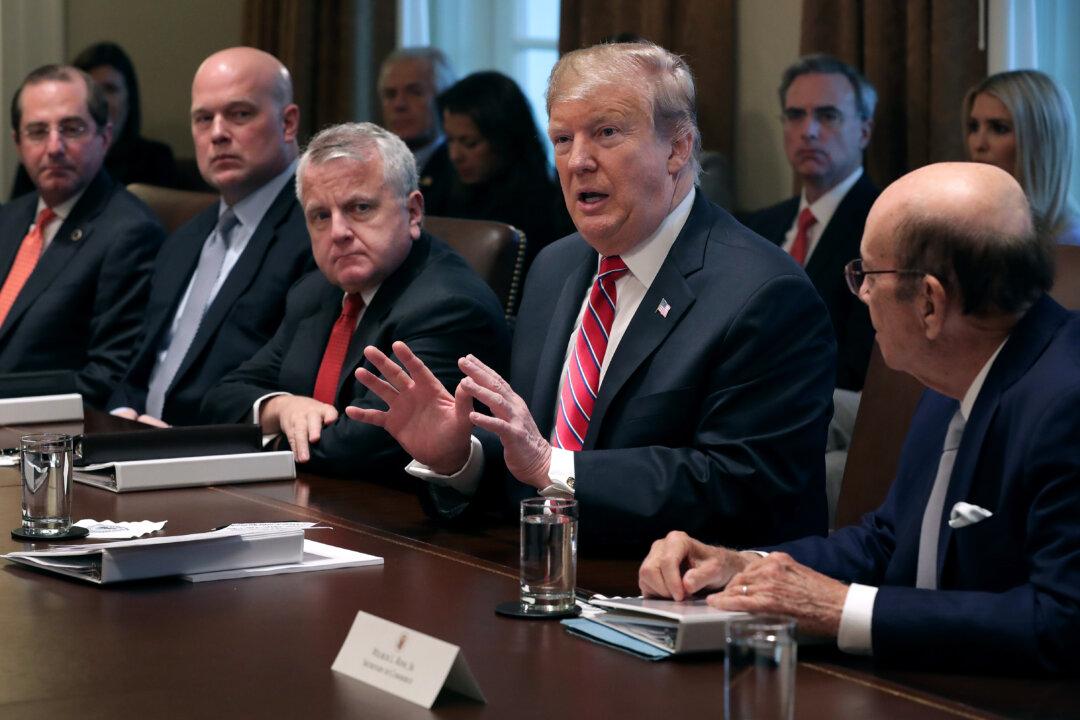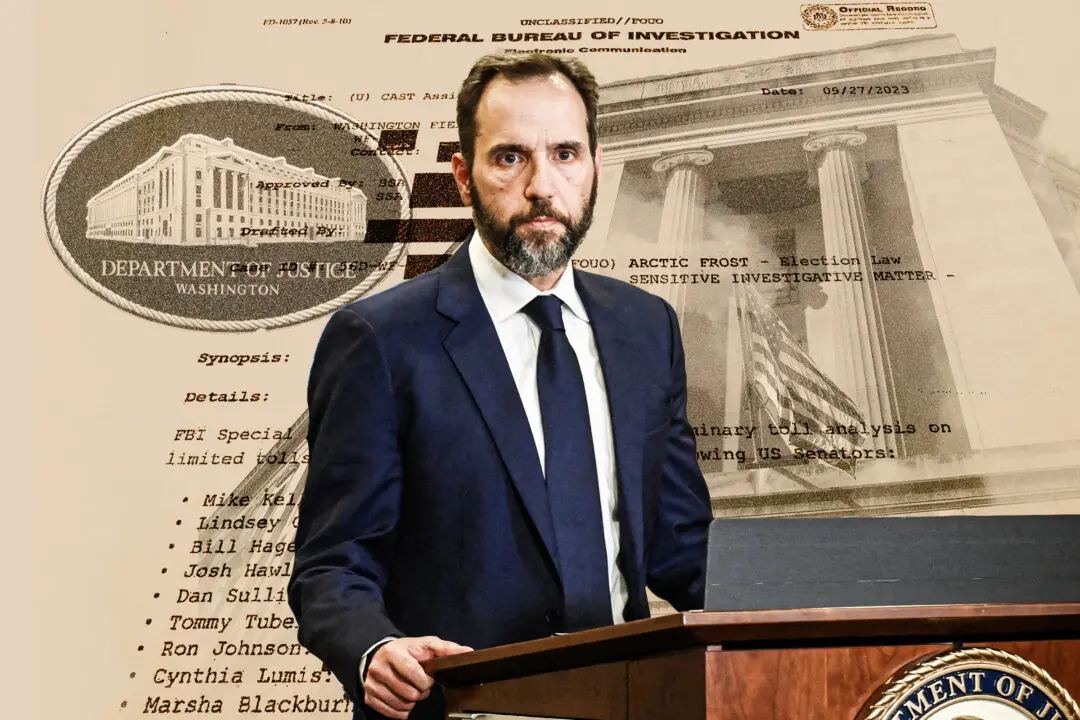President Donald Trump is reserving his final decision on whether he’ll sign a bill with $1.4 billion appropriated for the border wall until after he sees what else is in it.
“We want to see what the final piece of legislation looks like,” White House press secretary Sarah Sanders told reporters on Feb. 13. ”It’s hard to say definitively whether or not the president is going to sign it until we know everything that’s in it.”





